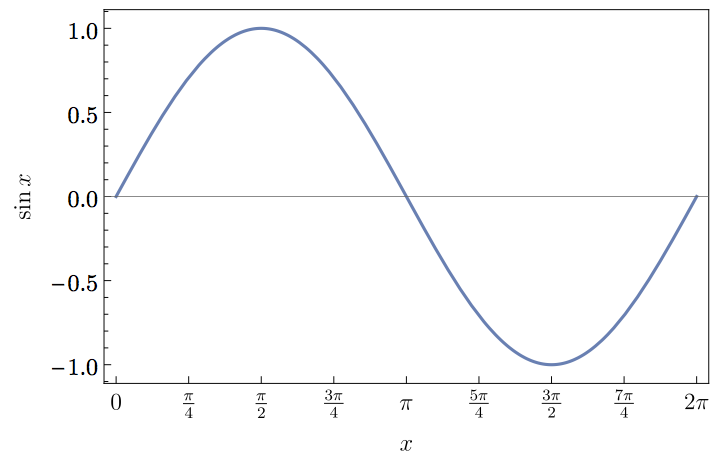


This is very nice and indeed it is good to be able to work in one single environment. As write time and run time are so close in Mathematica, we have fairly unique capacity to muck about with the structure of the work environment automatically updating and evaluating cells. I had not previously worked with front end controls. The pdf output of this example is also attached. This notebook "Notebook to LaTex" is also attached, but one requires pdfLatex.exe, as is included in a MikTex installation for example. By writing Mathematica functions that export Mathematica plots, and return LaTeX that imports said plots, one can write a LaTeX document in Mathematica, the same environment that we specify our graphics. The second step was augmenting the above notebook to save the generated plaintext as a tex file, and automatically run pdfLatex.exe on the tex file to receive the ultimate output file. Find this notebook "Notebook to plaintext" is attached. Notably the notebook saves and deletes output cells, this means one can write an input "hello " "world", and trust that it will be converted to output, without having to view that output, which might be repetitive or contain a lot of superfluous scaffolding. I do this using various bits of Mathematicas front end interface. To achieve this I've done two things, firstly I wrote a notebook that could select sections of itself and convert them to plaintext.

I began to wonder if I could set up my notebook to turn itself into LaTeX, cutting out the middleman (me!). As I usually work in Mathematica, I found myself going back and forth between Mathematica and my Tex editor as I adjusted figures I was rendering with Mathematica code. Recently I've been writing some work up in LaTeX. Finance, Statistics & Business Analysis.Wolfram Knowledgebase Curated computable knowledge powering Wolfram|Alpha. Wolfram Universal Deployment System Instant deployment across cloud, desktop, mobile, and more. Wolfram Data Framework Semantic framework for real-world data.


 0 kommentar(er)
0 kommentar(er)
